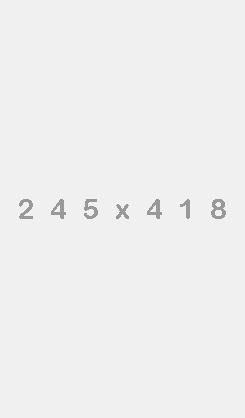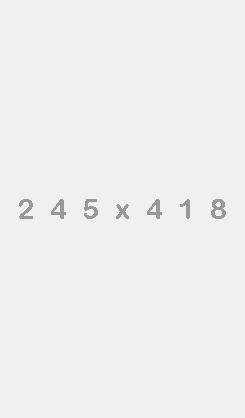Yaakov returns to his native land. Here, he will meet with his twin brother Eisav—and Yaakov has every reason to believe that Eisav wants to kill him.
The parashah of Vayishlach (“[Yaakov] Sent”) begins with the story of how Yaakov prepared himself to encounter his estranged brother. He did three things: He prepared a gift, prayed to G-d, and equipped himself for war. These three actions all had deep meaning. Let’s start with the third. Yaakov divided his entire entourage, as well as all his livestock and camels, into two groups. His calculation was as follows: If one detachment is massacred, at least the second will be spared.
Yaakov’s action teaches us that we must never concentrate on everything in one place. Later in Jewish history, when the evil Queen Izevel (Jezebel) persecuted the Prophets, the Prophet Ovadyah hid one hundred people in two caves, fifty in each, secretly delivering bread and water to each. Now, it would seem safer to have to sneak into one place than two—but if that hiding place were to be found, everyone in it would be gone. So Ovadyah followed the lead of Yaakov.
The Talmud tells us that this rule also applies to financial matters: You must not invest all of your capital in the purchase of real estate or stocks. I know of a case of a very rich man going broke because he spent all his money—millions of dollars—buying land. Now he is in debt. I also remember a sad case of the same kind happening back in the Soviet Union; it related to bonds. And so, considering potential failure, part of your money should be invested in one business and part in another, but another part of it must be kept with you.
Now about the gift: Still hoping to appease his brother and avoid combat, Yaakov sent Eisav 200 female and 20 male goats, 200 ewes and 20 rams, 30 camels, 40 cows with ten bulls, 20 female and ten male donkeys—a very large gift. What’s more, Yaakov orders his staff to present this gift not all at once but rather, to “saturate Eisav’s eyes.” On approaching Eisav, they were to keep their distance from one another in three groups; the second group would only appear once the first was fully in front of Eisav. This way, they’d all appear gradually—first one, then the second, and only then the third.
Here we find “an indicator for the sons”—meaning, a life lesson for Jews from the Patriarchs. More than once in Jewish history, the Jews were saved by financial gifts to various powers, from individual police officers to dukes and beyond. While six million died, quite a few were in fact saved this way during the Second World War—and hundreds of thousands could have been saved if the Jews had walked the path of the Torah, remembering Yaakov’s lesson, and not following any other considerations.
Yaakov escapes the persecution of his brother Eisav—and we have already said that the descendants of Eisav are the Romans. But Eisav’s descendants are also the Germans. When Kaiser Wilhelm II, the Emperor of Germany, visited Jerusalem in 1898, all the Jews of the city came out to greet him, except for two: Jerusalem Chief Rabbi Yosef Chaim Sonnenfeld and the tzadik Rabbi Tzvi Shapiro. Why not? They later explained that they had heard from Rabbi Yehoshua Leib Diskin of Brisk (the Brisker Rav) that some Germanic tribes were descendants of our worst enemy Amalek. (The Brisker Rav in turn said he heard it in the name of the Vilna Gaon.) And Amalek, like Tzefo, the ancestor of the Romans, is also the grandson of Eisav, so the rabbis did not want to honor Amalek. The sign of Amalek’s descendants is an outer gloss covering a deep inner hatred of Jews and Judaism. They didn’t just kill, they killed sadistically, with torture; the name Amalek consists of two words: “Am,’ or nation, and lek, or lapping, a reference to a lust for blood. Eisav thus is a symbol of forces trying to lead Jews from the path of Torah and destroy their faith in the Creator.
Copyright© 2023 by The LaMaalot Foundation. Talks on the Torah, by Rabbi Yitzchak Zilber is catalogued at The Library of Congress. All rights reserved. Printed in China by Best Win Printing, Shenzhen, China.
By Rav Yitzchok Zilber ztk"l
Founder, Toldot Yeshurun
Yaakov's Struggle And The Legacy Of Yisrael: Lessons for Today
Typography
- Smaller Small Medium Big Bigger
- Default Helvetica Segoe Georgia Times
- Reading Mode













